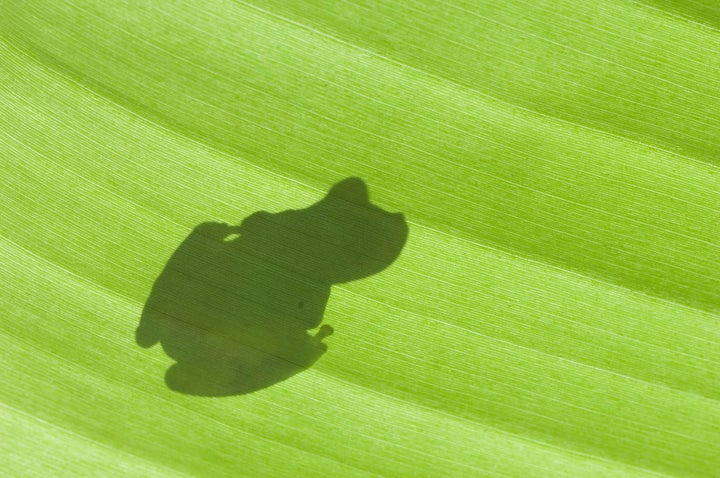
Frogs may do more than keep your pest situation under control -- science is increasingly showing that the little critters also hold secrets to battling human diseases.
Most recently, research published in the Journal of Proteome Research shows that some kinds of a particularly stinky frog, called an "odorous frog," have skin that produce antibacterial substances that could potentially be used to fight antibiotic-resistance bacteria.
Because these frogs thrive in warm, wet environments -- which are also breeding grounds for bacteria -- they possess the ability to protect themselves from infection, Chinese researchers said.
The researchers looked at nine kinds of odorous frogs and found that this ability comes from producing more than 700 chemicals called specific antimicrobial peptides, which work by killing bacteria and/or amping up the frogs' immune systems.
Recently, researchers from Queen's University Belfast found in their research that the skin of the waxy monkey frog has the potential to be used as a treatment for more than 70 diseases. A protein that comes from the frog is able to stop the growth of blood vessels, which could therefore be used against cancerous tumors, BBC News reported.
"Stopping the blood vessels from growing will make the tumour less likely to spread and may eventually kill it," Professor Chris Shaw at Queen's School of Pharmacy, whose team won an award for the research, told BBC News.
And last year, scientists from Tufts University published research in the Journal of Neuroscience showing how sodium could be used as a tool for regrowing the severed tails of frog tadpoles, which might in the future be useful for humans who have lost nerves because of traumatic injuries, MyHealthNewsDaily reported.
The study's researcher told MyHealthNewsDaily:
"We certainly feel this will be relevant for human medicine," said lead researcher Michael Levin, the director of the Center for Regenerative and Developmental Biology at Tufts. "The name of the game is to control the ionic content of the wound, which is able to kick-start the whole process of regeneration. You can initiate the whole cascade of repair."